This was supposed to be Yasser al-Ostaz’s final year at Al-Azhar University in Gaza City before graduating as an engineer. But on October 7, exactly a week after classes started in 2023, his hopes of completing his degree were shattered.
Al-Ostaz, from north Gaza, is now living in a tent in the small town of Rafah, at the southernmost end of the territory, where more than a million people threatened with famine have crammed in to seek refuge from the military offensive Israel is waging against the militant group Hamas.
For the 2.3mn Gazans trapped in the enclave devastated by five months of Israeli bombardment, survival is the immediate concern. But many are deeply anxious about their fates after the bombs stop falling. “There is nothing left after our homes and universities have been destroyed,” says al-Ostaz. “I think of leaving, but I haven’t got the slightest idea what to do.”
There are “a million questions” for which he has no answers buzzing around in his head: “Will the years I have spent at university count anywhere else — or will I have to start from scratch? Will I be able to travel? Could I scrape together the money to go?”
Before the war, there were over 800 schools in Gaza and 17 higher education institutions, including six universities, but many of these have been damaged or completely destroyed.
Al-Azhar, which al-Ostaz attended, was opened in 1991 by Yasser Arafat, and is considered one of Gaza’s more liberal universities for its curriculum and co-ed classes. But much of the university has been damaged by Israeli air strikes and a second campus in nearby Al-Mughraqa funded by Morocco and Saudi Arabia, is in ruins. What buildings are left house thousands of displaced people seeking shelter.
The tens of thousands of students like al-Ostaz, and the families of more than 600,000 children in the territory whose education has been cut short, have little realistic hope of schooling resuming any time soon.
For Gaza’s disproportionately young population — around 65 per cent are 24 or younger — returning to their lessons will be one of the biggest challenges they will face once the war has ended.
The repercussions for the future are severe. Academics warn the decimation of Gaza’s education system is a catastrophe that will further wreck Palestinian lives. Not only has Israel’s offensive flattened hundreds of schools and universities, it has also killed many educated Gazans, including students, young professionals, cultural figures, teachers and university professors. The loss to Palestinian society is incalculable, some say.
“The social fabric of communities in Gaza and their ability to rebuild their lives has been dismantled,” says Ala Alazzeh, an anthropology professor at Birzeit University in the occupied West Bank.
“Look at the number of professors killed. Established scholarship has been destroyed. It will not be just a matter of rebuilding physical space, but also capacity and academic training. If we don’t use the word genocide, we can say ‘sociocide’ — the destruction of society.”
Palestinians across Gaza and the West Bank have long reported one of the highest literacy levels in the Arab world in spite of decades of occupation and a 17-year blockade of the strip.
Literacy levels stand at almost 98 per cent, according to the Palestinian Central Bureau of Statistics in September 2023, similar to those in the wealthy Gulf states. Illiteracy fell from 13.9 per cent in 1997 to 2.2 per cent in 2023.
Education was among the first sectors handed over from Israeli to Palestinian administration in the 1994 Oslo Accords, and is highly prized in society.
Universities in Gaza offered degrees in a wide range of disciplines and many graduates, despite the restrictions, managed to complete masters and doctorates in the west and come back to work or teach, says Mukhaimer Abu Saada, professor of political science al Al-Azhar University.
“Historically, Palestinians have invested heavily in educating their children,” he adds. “High unemployment in the last 17 years since Hamas took over control in Gaza has discouraged some young men from pursuing university degrees. But for women who wanted to change their lives, that was the only route.”
But this progress is now in jeopardy. Beyond the damage to infrastructure, the loss of life has further impoverished Gazan society by depriving it of the contributions of some of its most promising young members.
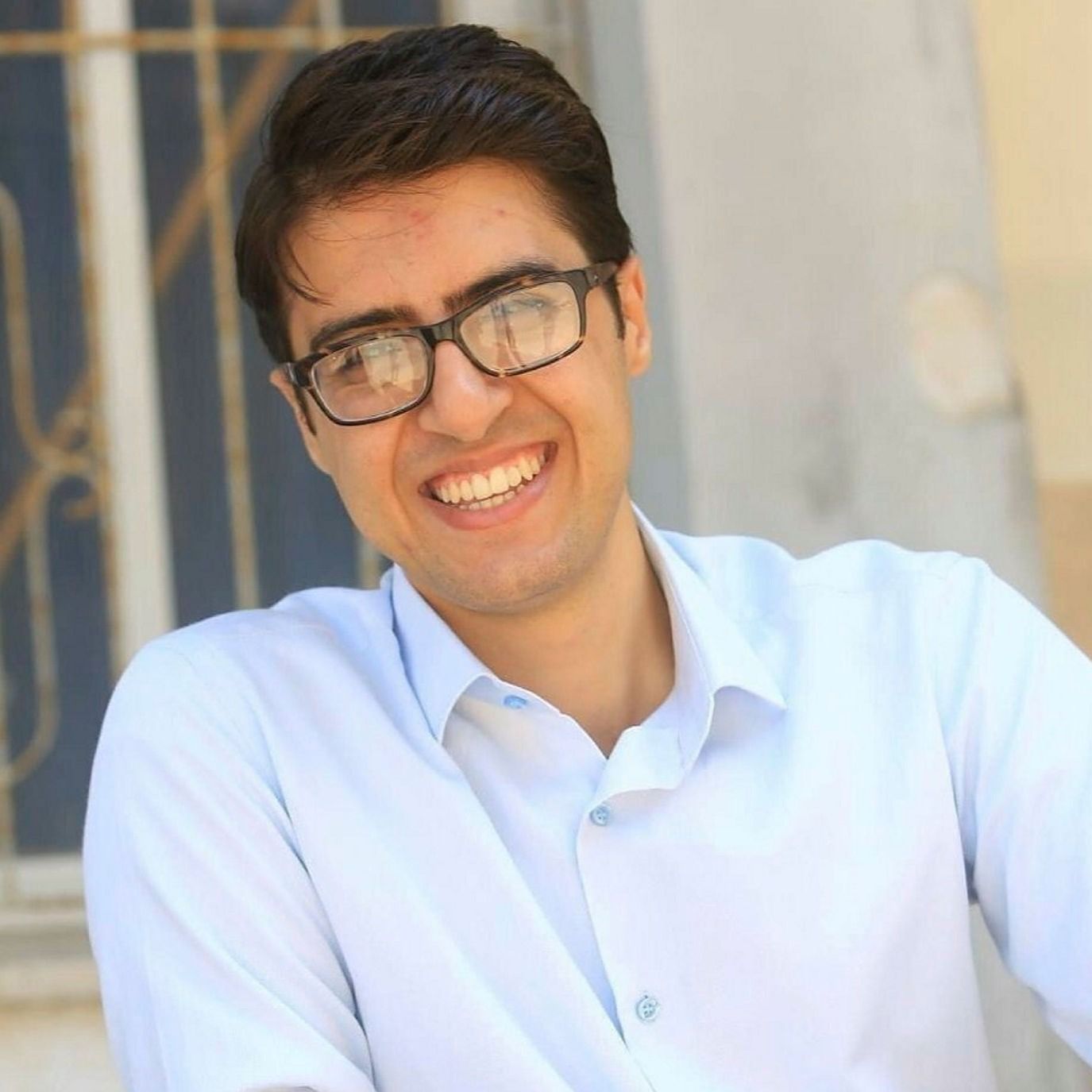
Maisara Alrayyes was killed by an Israeli air strike along with his parents and other relatives on November 6
Via facebook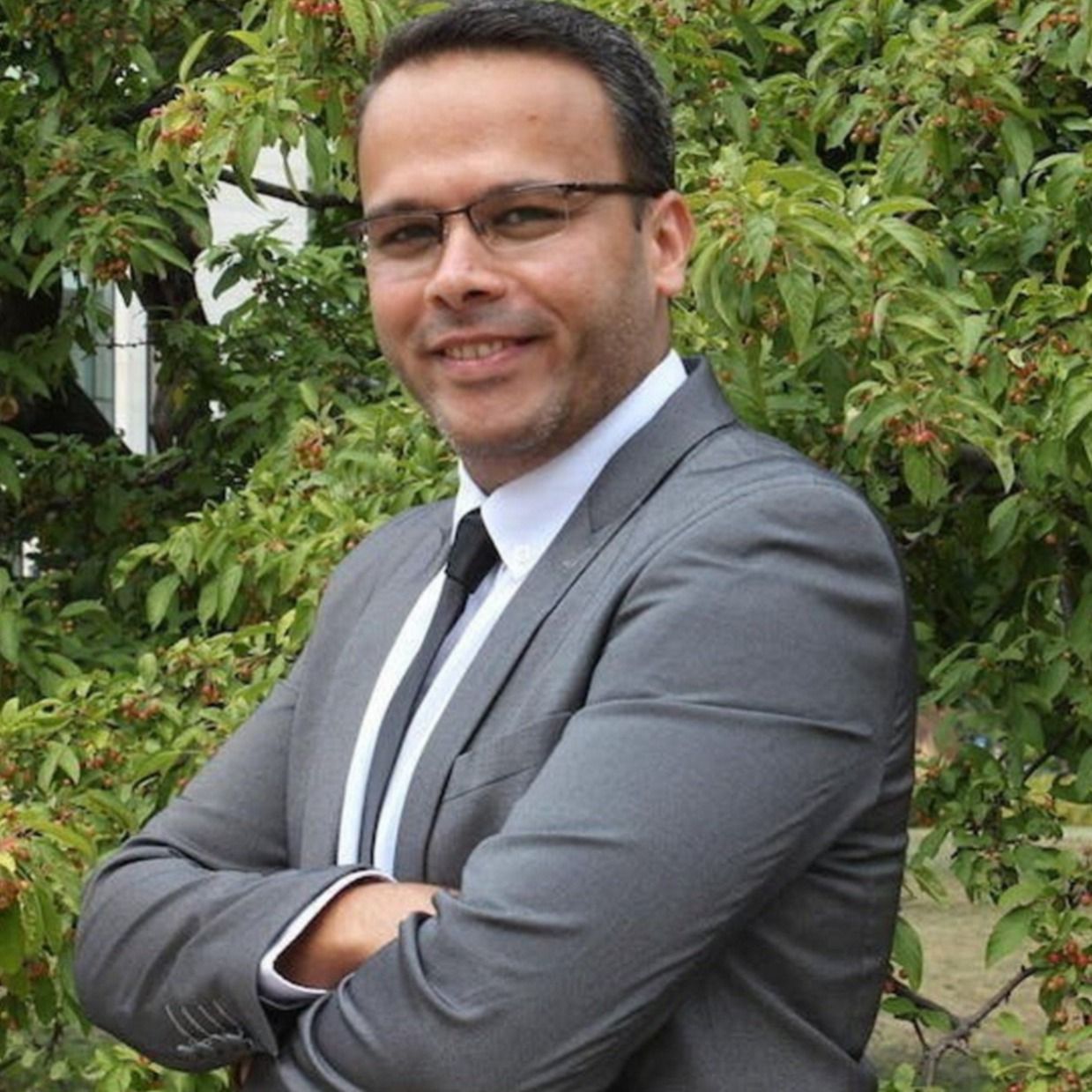
Tariq Thabet and more than a dozen of his family members were killed in an Israeli air strike on their home in central Gaza City on October 29
These include people like 28-year-old Maisara Alrayyes, a young doctor who completed an MSc at King’s College London funded by the prestigious UK Chevening scholarship.
He could have secured a well-paying job in the Gulf or Europe but instead he chose to return to Gaza where he worked for Médecins Du Monde, an international charity. “He was hardworking, very precise, very reliable, always kind and with a great sense of humour,” says Mads Gilbert, a professor of emergency medicine, who taught Alrayyes at Al-Azhar University and later became a friend.
The pair launched a project to train medical students to deliver life-saving first aid courses to ordinary citizens. On November 6, Alrayyes was killed by an Israeli air strike along with his parents and other relatives.
Similarly, project management specialist Tariq Thabet, who was in his late thirties, eschewed a life outside of Gaza to make a difference in his homeland. Thabet, who won a Fulbright scholarship in 2021, called the opportunity to study economic development at Michigan State University “a life-changing voyage”.
When he returned home in 2022, he devoted himself to Gaza’s young entrepreneurs, directing the business incubator at the University College of Applied Sciences. His friends estimate that Thabet helped thousands of young people find jobs — a lifeline for youth in the strip, where unemployment runs at around 70 per cent. Thabet and more than a dozen of his family members were killed in an Israeli air strike on their home in central Gaza City on October 29.
Then there is 14-year-old Lubna Alyaan, a talented violinist killed with dozens of her family members in an air strike on November 21 on her aunt’s house in Nuseirat, south of Gaza City. The schoolgirl, who attended the Edward Said National Conservatory of Music in Gaza, had impressed her teachers with her diligence and skill leading to lessons with global musicians such as Tom Suarez, a former member of the Baltimore and American symphony orchestras.
For Samar Ashour, a teacher and mother of three now displaced from Gaza City to Rafah “the future of a whole generation is at risk”.
She tries to revise lessons with her children, but says her youngest, a girl of six, has lost her previous enthusiasm for learning, still suffering from shock since a close friend was killed.
“She says, I don’t want to go to school or anywhere. I just want to stay with you so we die together when we are bombed,” Ashour adds.
Gaza’s education infrastructure was already under pressure before the war, according to a report from the Education Cluster, a grouping of UN and other aid organisations co-led by Unicef and Save the Children.
Schools were operating double shifts to meet demand, classrooms were crowded and school hours had been curtailed. Witnessing the horrors of frequent conflicts had also taken a toll on the mental wellbeing of children with four out of five living with “depression, grief and fear” even before October 7, the report says.
But after Hamas militants staged a bloody rampage in southern Israel, killing 1,200 people and taking hundreds hostage, according to the government. The Jewish state retaliated with a ferocious military offensive, devastating the territory as it sought to eradicate the Islamist group. At least 31,000 have been killed in Gaza so far, says Palestinian health authorities.
The war put a halt to education in Gaza’s 813 schools which, because of double shifting, shared 563 school buildings. Around 76 per cent of school buildings have been damaged, many extensively, says the Education Cluster. On top of that, hundreds of schools are now housing displaced people who are likely to continue to shelter there even after a ceasefire, because their homes have been destroyed and they have nowhere to go.
“The education infrastructure will need to be rebuilt entirely. Education materials will need to be completely replaced,” says the Education Cluster, who estimates this will cost at least $855mn.
Another uncertainty is the fate of UNRWA, the biggest UN agency working in Gaza, which ran 183 schools serving some 300,000 students. The aid agency had its funding frozen by the US, UK and other countries after Israel alleged that a dozen of its 13,000 employees in Gaza had played a role in the October 7 attacks. UNRWA has sacked the staffers and the UN has launched an investigation into the claims.
The collapse of UNRWA would leave a giant hole in Gaza’s education system that would be difficult to fill, UN officials say.
Universities have also been the target of Israel’s bombardment. Five out of the main six universities in Gaza have been completely or partially destroyed. This include the total destruction of the Hamas-affiliated Islamic University of Gaza, one of the largest in the strip with some 20,000 students, which Israel alleged was a “central training centre” for Hamas engineers.
The university’s president Sofyan Taya, a scientist and prolific scholar in the field of optics, was also killed in air strikes alongside his wife and five children.
Israel says it is investigating the demolition of Israa University, south of Gaza City, which was blown up on January 17 by Israeli soldiers after using it as a base for 70 days. The independent, private, not-for-profit institution established in 2014 — whose motto was “change towards professionalism” — taught medicine, engineering, finance, law and the humanities to some 4,000 students.
Dramatic video footage, filmed by the soldiers, shows the moment the entire campus collapses in a thick cloud of smoke and dust.
Gaza is also mourning the deaths of some 95 academics and researchers, according to Palestinian officials, including 77 PhD holders and three heads of universities.
Neve Gordon, an Israeli professor who teaches international law and human rights at Queen Mary University in London, says the dismantling of Gaza’s education system will lead to the “de-development” of the territory — something he and other academics in the British Society for Middle Eastern Studies consider a deliberate Israeli policy. The Jewish state insists it only targets buildings connected to Hamas.
“The systematic nature of the attacks, the number of professors killed and schools damaged demonstrate intent,” says Gordon, who warns of a “brain drain due to destruction and death”.
While no one is sure of what the territory’s next chapter will entail — Israel says it intends to exercise direct security control — academics agree that an exodus of qualified people is likely.
The blow to every aspect of life in Gaza will make it very difficult for members of the tiny middle class, including educators, to resume lives there. Many analysts predict they will seek opportunities abroad.
For university students, joining Palestinian society in the West Bank is not even possible because, as Alazzeh of Birzeit University points out, Israeli restrictions on movement prevent Palestinians from Gaza from attending educational institutions in the other occupied territories.
Abu Saada, of Al-Azhar university, says that people will “look for other places to go. If not for their own sake, then for that of their children; for this generation that is being lost.”
He estimates tens or hundreds of thousands will want to migrate. “It is clear no one wants to take them, but maybe they will resort to illegal migration.”
Since 2007, thousands of young people have already migrated “because of poverty, unemployment and lack of opportunity, heading to Turkey and Europe,” Abu Saada adds.
Even if a ceasefire can be reached, the task to rebuild Gaza’s education system, the foundation for any future development, is colossal.
For a start, the destruction of housing and electricity grids renders it impossible even to replicate the experience of online learning during Covid. A majority of Gazans are living in tents or shelters with no access to technology.
Benjamin Netanyahu, the Israeli prime minister, has vowed there will be no reconstruction before the “demilitarisation of Gaza” and a “comprehensive deradicalisation programme” in education and religious discourse.
But Alazzeh says Israel is more likely to get the exact opposite of the outcome it wants. “There will be more resistance and more radicalisation,” he adds. “I don’t know how people will deal with their trauma, but for sure it . . . will take a collective form.”
Al-Azhar’s Abu Saada also fears the war will lead to the radicalisation of a new generation. He says: “Those who have survived after their entire families have been killed, they will neither forget nor forgive.”
Snapshot of a lost generation
Halima al-Kahlout, artist
Born 1994
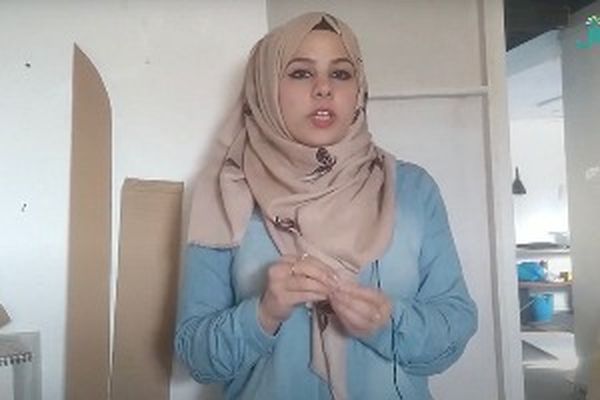
The difficulties of daily life in Gaza were never far from Kahlout’s mind. She channelled those experiences into her art, crafting paintings, murals and sculptures that explored themes such as the right to life and medical treatment in Gaza, as well as the marginalisation of women.
For one exhibit, she made giant sculptures of everyday objects and sharp tools out of cardboard, “to show that as much as these tools save us time and effort, they would be painful if applied to human beings”. That imagined violence, she said, was not far from the reality of Gazan life under occupation.
Kahlout was in the early stages of her career but she had big dreams of showing her art to the world. “We’re losing by the day some of the most creative and gifted artists who brought beauty, sanity and healing to the larger besieged Gazan community,” the president of a university where she painted her last mural wrote, after learning of her death in an Israeli air strike on October 29.
Refaat Alareer, poet and educator
Born 1979
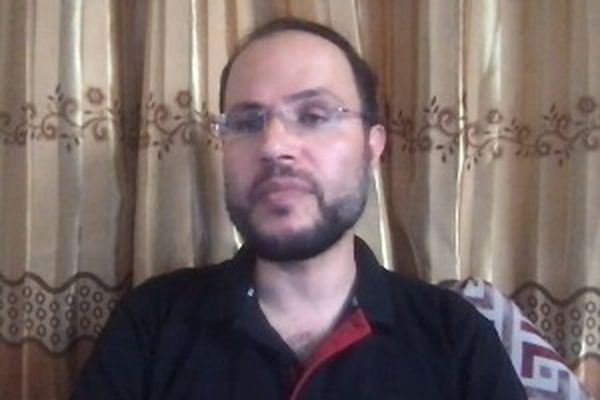
Refaat Alareer, a pillar of Gaza’s cultural community, is remembered by students as an inspired educator and passionate poet who loved Shakespeare.
A professor of English literature and creative writing at the Islamic University of Gaza, he saw the English language as “a vehicle for liberation and empowerment”, according to writer Jehad Abusalim’s tribute in The Nation.
Alareer co-founded We Are Not Numbers, which paired young Palestinian writers with experienced authors abroad as mentors. He edited two volumes in English; Gaza Writes Back (2014) and Gaza Unsilenced (2015).
A fierce critic of Israel who lost a brother and other relatives to an Israeli strike in 2014, he told the BBC that the October 7 attack by Hamas was “legitimate and moral”, which the broadcaster condemned as offensive.
Alareer was killed by a strike on Gaza City on December 7, along with several family members. He is survived by his wife and six children. A recitation by Brian Cox, the Scottish actor, of Alareer’s last poem “If I Must Die” has been widely shared on social media.
Sirin Mohammed al-Attar, obstetrician
Born 1984
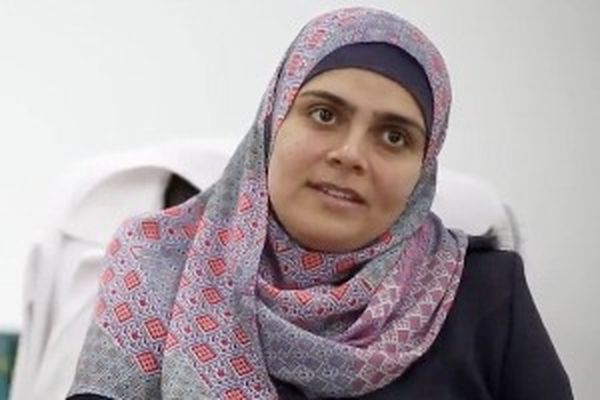
A gynaecologist and obstetrician, Sirin al-Attar worked with UNRWA which provides health, education and other services to Palestinian refugees in Gaza. She is one of at least 165 UNRWA workers killed in the war so far.
A graduate of Al-Quds University in Jerusalem, she had practised in Gaza, Jordan and Saudi Arabia, impressing colleagues with her devotion to work and empathy for patients. “She was one of the best, most wonderful and most humane doctors I have met and dealt with,” said Ghada al-Jadba, head of UNRWA’s health programme in Gaza.
Attar was killed with one of her three daughters in a bombing on al-Bureij refugee camp in the middle section of Gaza on October 11.
Ayat Khaddoura, video blogger
Born 1996
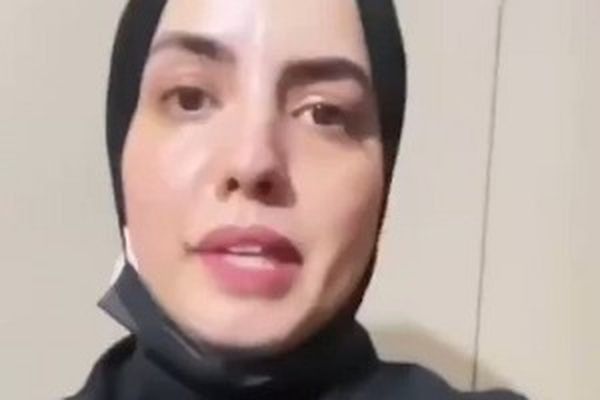
“Only believe in yourself,” wrote Khaddoura on her Facebook page. Completely at ease on camera, Khaddoura had before the war built her profile as a video blogger, posting on everything from Palestinian strawberries to women in politics. When Israel launched its offensive, she turned to documenting the harsh lives of Palestinians under bombardment to her followers across the Arab world.
Living in north Gaza, where Israel initially focused its heaviest attacks, she posted increasingly fraught videos as the “terrifying noises” of war drew closer to her home. On November 20, in what she tearfully described as possibly her final video she said the scenes around her were “extremely terrifying”. Khaddoura and several of her family were killed that day.
Hammam Alloh, nephrologist
Born 1987
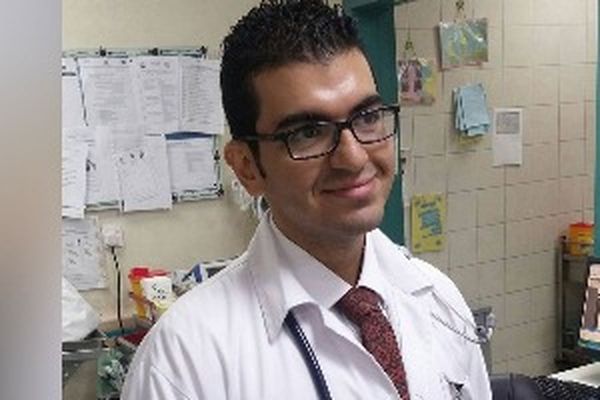
Alloh trained as a nephrologist after noting the desperate need in his native Gaza for kidney specialists. After 14 years studying abroad, he returned home two years ago and worked at Al-Shifa hospital, the biggest in the enclave.
When war broke out, Alloh worked around the clock. Asked in a Democracy Now interview why he would not flee south when Israel’s military began to push civilians out of northern Gaza, he replied: “If I go, who treats my patients? . . . Do you think I went to med school to think only about my life?”
On November 11, Alloh went to his in-laws to rest between shifts. He was killed when an Israeli air strike hit their home.
Hiba Abu Nada, poet
Born 1991
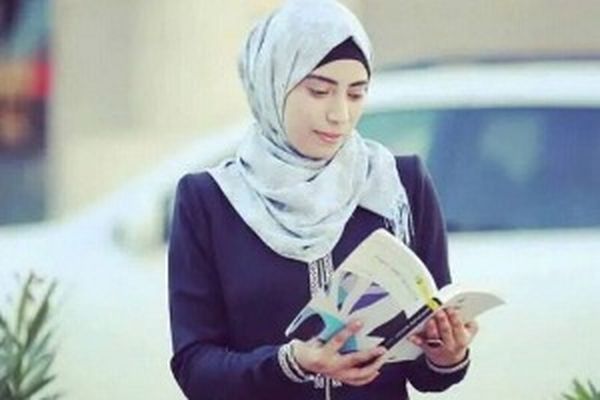
When the war began, Abu Nada did what she always did — she wrote. She would post snippets of her new poems and one-liners on social media, snapshots of a life under siege.
They circulated widely, drawing international attention to the poet and novelist who was already well-known in her native Gaza and beyond. In one of her last poems posted to X before she was killed, she wrote in Arabic: “The city’s night is dark, apart from the glow of rockets; quiet, apart from the sound of bombs; terrifying, apart from the comfort of prayer; black, apart from the light of the martyrs. Goodnight Gaza.”
Abu Nada was killed in an Israeli air strike on her home in Khan Younis on October 20. She was 32.